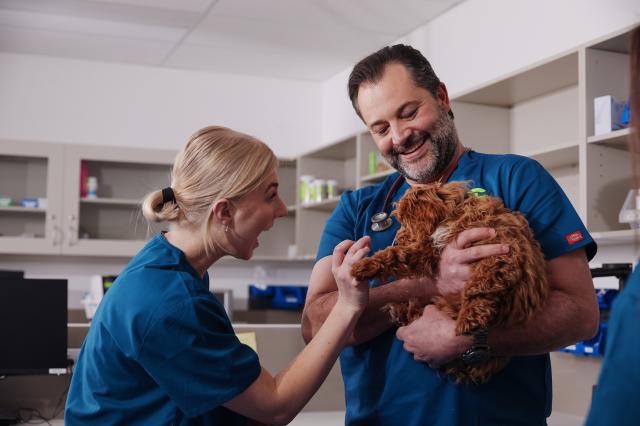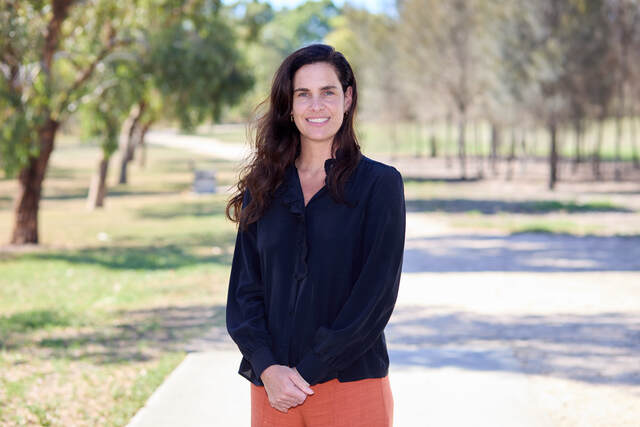Ice-related ambulance call-outs in Hume have surged in recent years, with paramedics attending to more than 100 patients in 2016-17.
Latest ambulance alcohol and drug related call-out data from Turning Point and Ambulance Victoria reveals that in 2009-10, there were five ice-related ambulance attendances in Hume.
By 2016-17, ice-related call-outs had surged to 112.
The municipality had one of the highest surges in ice-related ambulance attendances in Melbourne, behind the City of Melbourne and Dandenong.
Melbourne had 25 incidents in 2009-10, that surged to 217 in 2016-17 and Dandenong jumped from nine in 2009-10 to 119 in 2016-17.
In Whittlesea, there were 63 call-outs in 2016-17.
Uniting ReGen evaluation and advocation team leader Paul Aitken said the drug and alcohol treatment agency had noticed a spike in ice use between 2011 and 2013, with use remaining stable since then.
He said users were typically in their 20s and early 30s.
“Overall, we’ve seen an increase in demand for methamphetamine treatment over the past five years to the point where it is now level with alcohol as the most common drug of concern at around 30 per cent each,” he said.
Mr Aitken said ice had gained popularity because it made people feel more confident, gave them more energy, helped them perform at work and was readily available.
“Many people use it recreationally without experiencing significant problems, but those who do tend to experience a broad range of harm more quickly than is usually the case with other drugs,” he said.
In a bid to address the growing problem, Independent drug research, training and education organisation, the Penington Institute, has launched a website detailing the effects of ice, where to get help and how to assist a family member or friend who is using the drug.
The site, called Understand Ice, provides advice and steps for young people aged 19-24 at risk of using ice or who are experimenting with ice.
Penington Institute chief executive John Ryan said ice is causing increasing problems across Melbourne’s north, and is tearing many families apart.
“Understand Ice fills the wide gap between shock campaigns about ice and advertisements for expensive rehab services,” he said.
“The site’s information is easy to understand and highlights practical actions including links to health services. It aims to reduce the fear and anxiety for families and friends.”
Details: www.understandice.org.au







